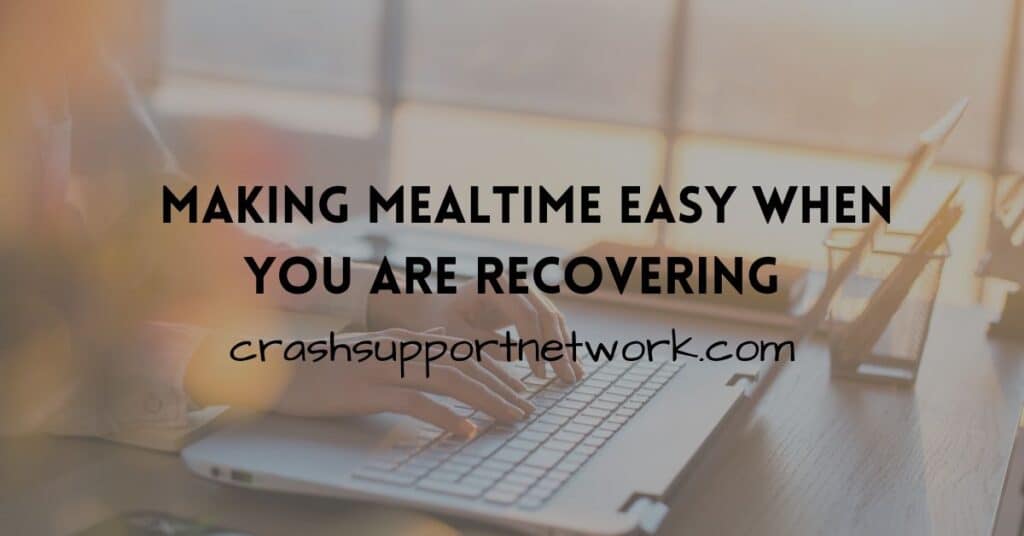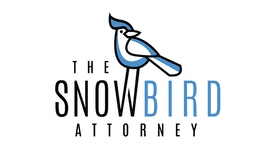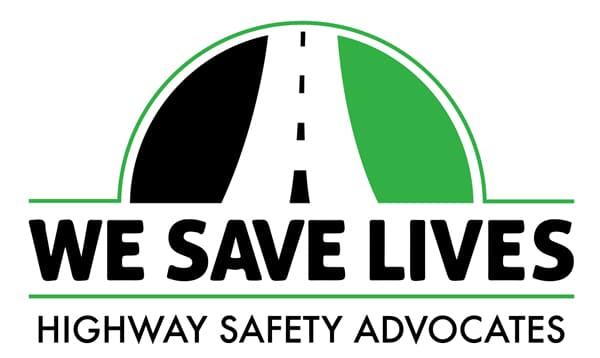
Recovering from a motor vehicle crash can literally flip your daily life upside down. Between pain management, doctor appointments, limited mobility, and fatigue, even basic tasks like making a meal can feel overwhelming. Pain, fatigue, stress, and even medication side effects can also impact your appetite, digestion, and energy levels. But here’s the truth: what you eat during recovery matters. The right nutrients can help reduce inflammation, repair tissue, and give you the strength to get through each day.
Why Nutrition Is So Important During Recovery
Your body is in repair mode after trauma. It needs more calories, protein, vitamins, and more fluids than usual at mealtime. Skipping meals or eating too little can slow down the healing process and leave you feeling even more run down.
The right foods can:
- Reduce inflammation and swelling
- Speed up tissue and bone repair
- Support your immune system
- Help fight fatigue and brain fog
- Minimize side effects of medications
What to Eat for Healing
Here are some key nutrients and foods to focus on at mealtime:
- Protein – Your body needs protein to repair muscles, bones, and skin. Sources: Chicken, turkey, eggs, tofu, Greek yogurt, fish, beans, protein shakes.
- Anti-Inflammatory Foods reduce pain and swelling with foods rich in antioxidants. Sources: Berries, leafy greens, sweet potatoes, turmeric, olive oil, nuts, seeds.
- Healthy Fats help your body absorb nutrients and reduce inflammation. Sources: Avocados, salmon, flaxseeds, chia seeds, nuts, olive oil.
- Hydration – water helps flush out toxins, keep joints lubricated, and regulates body temperature. If you are on pain medication or muscle relaxers, staying hydrated is even more important.
When Cooking Is Too Hard
Now’s not the time to be chopping onions from scratch or standing over the stove. You need to give yourself permission to take shortcuts. Here are some tips to keep meals easy and manageable while you heal:
- Use pre-prepped or frozen meals – Just heat and eat.
- Keep healthy snacks on hand – Think trail mix, cut-up fruit, nuts or crackers.
- Try smoothies – Toss in ingredients, blend, and boom—you’ve got a full meal or snack in minutes. No cooking with minimal cleanup.
- Ask for help or use a meal delivery service.
What to Watch Out For
- Loss of appetite – Eat small, frequent meals, and include calorie-dense snacks.
- Constipation from pain medication – Drink water, eat fiber-rich foods, and talk to your doctor if needed.
- Nausea or upset stomach – Stick to bland foods like crackers, rice, bananas or applesauce until it passes.
With a few smart strategies, you can make mealtime easier, more manageable, and even enjoyable without spending hours in the kitchen. And the best part? It doesn’t have to be complicated.
Cook Once, Eat Often
If you (or someone helping you) has energy to cook, try batch cooking at mealtime. It saves time and effort.
- Make a big pot of soup or chili that can last several days.
- Prep a few simple meals that reheat well.
- Freeze leftovers in individual containers for quick grab-and-go meals later.
- Use disposable or easy-to-clean containers – no dishes.
Try One-Pot and No-Cook Meals
The less cleanup, the better. Some of the best recovery-friendly meals are the simplest:
- No-cook meals: Wraps with deli meat and cheese, tuna salad on toast; hummus with pre-cut veggies and pita.
- Slow cooker meals: Toss in protein, veggies, and broth in the morning—dinner is done by evening.
- One-pan ideas: Roast chicken thighs, carrots, and potatoes all on one tray.
Keep Hydration and Snacks Within Reach
Sometimes, you just won’t feel like eating a full meal and that’s okay. Keeping nutrient-dense snacks and drinks on hand can keep your energy up:
- Greek yogurt, cottage cheese, or protein shakes.
- Nuts, trail mix, or granola bars.
- Sliced apples with nut butter.
- Electrolyte drinks to help if you’re tired or on certain medications.
Be Kind to Yourself
There is no need to cook elaborate meals or eat perfectly while you are healing. The most important thing is that you are eating enough to fuel your body and giving yourself grace during this time. Focus on eating enough, stay hydrated, and get in a variety of healing foods. And if all you can manage one day is toast and tea, that’s okay because I had plenty of those days too. Every bite is a step toward feeling better.
Ask for Help and Take it!
Whether it’s a friend offering to drop off groceries or a family member cooking your dinner, let them help. People truly want to support you—especially during a hard time. Not sure how to ask? Try something like: “I would really appreciate a home-cooked meal this week, even something simple. I am having a hard time cooking while I recover.” Or: “Would you be open to picking up a few groceries for me if you’re heading to the store?” Always remember that you are not a burden. You are healing.
Mealtime does not have to be perfect; it just has to be doable. Whether you’re eating out of a bowl with a spoon or reheating something from the freezer, what matters most is that you are feeding your body with care and compassion. If the thought of chopping onions feels like training for the Olympics, it’s time to simplify. Embrace the magic of microwave meals, snack trays, and anything labeled “ready-to-eat.”
Frozen veggies? Gourmet. Rotisserie chicken? A culinary masterpiece. Bonus points if someone else makes it and hands it to you like royalty. Your job right now is to heal, not become a contestant on Top Chef. So sit back, prop your feet up, and let the easiest foods do the heavy lifting because recovery is tough enough without trying to sauté anything. Keep it simple. Every small effort toward nourishing yourself is a win!
S. Dawne McKay is a survivor of a horrific crash that changed her life forever. Dawne shares her personal journey as a Crash Survivor Blogger and also collaborates with crash survivors as Guest Bloggers allowing them an opportunity to share their stories. Dawne is also the author of the book, “Talk Crash to Me – What to Expect After Surviving a Collision and How to Manage Your Recovery” which is available for purchase on Amazon.
The Crash Support Network is a unique one-of-a-kind website consisting of an online support group, a crash survivor blog, a quarterly newsletter, “Sharing Our Recovery” as well as highly informative articles. Our website is based on relationship-building and puts the needs of survivors first by creating a helpful resource for victims and survivors of motor vehicle crashes.





